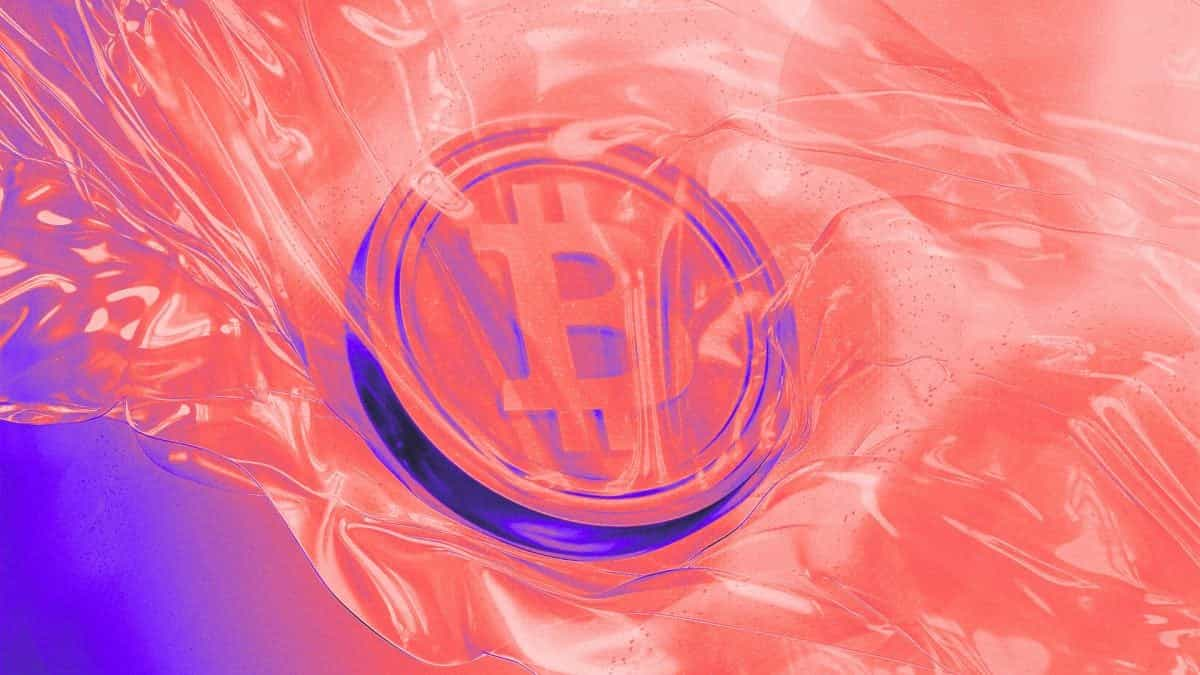News
Stay up to date on the latest crypto trends with our expert, in-depth coverage.

In-depth analysis of the five major systemic obstacles hindering the development of prediction markets.

This document also systematically discloses a large amount of important details such as legal pricing, token release schedule, market-making arrangements, and risk warnings.

The specific disposition of this large amount of Bitcoin will be decided early next year.

Quick Take Bitcoin fell near $103,000 on Tuesday, driven primarily by investor profit-taking and macroeconomic uncertainties. Hopes for a December interest rate cut have dwindled following a report detailing growing internal conflict among Federal Reserve officials over the decision.

With institutions stepping in and volatility cooling down, bitcoin is entering a smoother and more mature cycle.

The Oracle of Omaha has written his final letter. What he and Charlie Munger have left for the crypto world is a "negative timeline" spanning a decade.

The Atlas upgrade marks the first time that L2 can directly rely on Ethereum as a real-time liquidity hub, representing not only a technical advancement but also a reshaping of the ecosystem landscape.



- 10:03Data: U.S. government shutdown causes the crypto market to lose $408 billions in growth potentialAccording to ChainCatcher, CryptoQuant analysis shows that the U.S. government shutdown had a significant impact on the growth rate of the cryptocurrency market. From October 1 to November 10, the market growth rate slowed sharply, with the total market capitalization losing a growth potential of $408 billion. Market capitalization growth rate (MA Gap Ratio) data shows that bitcoin's growth rate dropped from 16.75% on October 1 to 6.60% on November 10; the growth rate of the top 20 assets (excluding BTC) fell from 32.29% to 14.67%; small and mid-cap assets saw the steepest decline, with the growth rate plummeting from 18.57% to only 0.21%. The government shutdown triggered significant macroeconomic uncertainty and delayed regulatory progress such as ETF approvals. Due to the lack of official economic data on inflation and employment, the Federal Reserve faced greater difficulties in formulating monetary policy, increasing investor caution. Although bitcoin and ethereum maintained historical resilience, the unstable political environment and interruptions in financial regulatory services heightened risk perception.
- 10:02QCP: Potential Fed rate cuts and corporate earnings performance should support risk assets and bitcoin trends through the end of the yearChainCatcher News, QCP released a briefing analysis stating that the U.S. Senate has approved a temporary funding bill, extending government funding until January 30, thus alleviating the immediate shutdown crisis. The bill now needs to be passed by the House of Representatives and signed by the President. The market has reacted cautiously to this "kick the can down the road" solution, with bitcoin stabilizing around $103,000 in the Asian market after declining during U.S. trading hours. Meanwhile, weak ADP employment data has reignited concerns about a "weakening labor market," and the NFIB Small Business Index shows a decline in business sales expectations. Analysts expect that despite potential volatility in the fourth quarter, possible Federal Reserve rate cuts and corporate earnings performance should support risk assets and bitcoin's performance through the end of the year.
- 10:02Foreign media: OpenAI spends up to $15 million daily on Sora video generation, with annualized losses possibly exceeding $5 billionChainCatcher News, according to Forbes, although OpenAI's video generation application Sora has surpassed 4 million downloads, its operating costs are extremely high, spending approximately $15 million per day to generate AI videos, with annualized expenditures exceeding $5 billions. Analysts estimate that generating a 10-second video costs about $1.3 on average, which is much higher than the current level of free usage by users. The report points out that OpenAI is still in an aggressive expansion phase and is not yet focused on profitability, aiming to expand its user base and acquire video training data. Company executives admit that Sora's economic model is "completely unsustainable at present," and in the future, free usage may be reduced while exploring monetization paths such as charging fees or advertising.